This week’s variations are all continuing to work with the detaché stroke (lower arm) and the string crossings (upper arm). We will also see the wave motion, which we prepared for several weeks ago by doing the “box” exercises and the finger exercises.
Variations #13-16:
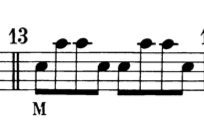
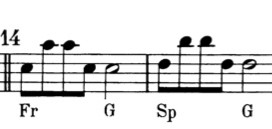
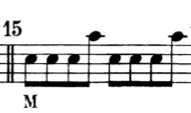
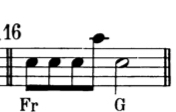
In this video I asked Tristan again what our definition of detaché is: “detached, but connected” which, as one of my students once said, seems like an oxymoron. But compared to a staccato stroke, which is “detached, but separated”, it makes sense.
Variations #17 and #18:
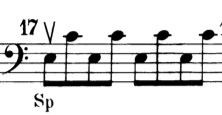
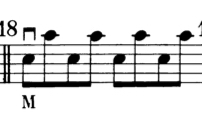
Variation #17 is tricky because it needs to be played completely at the tip. That means finding the right kind of core sound, with a relatively small amount of bow and a low contact point. It means finding the right height of the elbow, but not raising the shoulder. It also means making sure that the bow angle is really correct (parallel to the bridge), which requires making an oval and bowing out to the A-string. Notice that I keep asking Tristan which parts of the arm he is using, so that he is always aware of what he is doing.
The next variation will deal with the wave motion involving the upper arm, wrist and fingers. I sometimes have to wait a few weeks after presenting the information about the box exercises and the finger exercises (see Blog #20). The students must first absorb all this information and feel comfortable doing the waves before approaching #19 and #25. And then there will be a bit more time until the students are able to do the very fast wave motions of #39 and #40 with just the wrist and fingers.
But before doing Variation #19 I ask my students to do waves with the whole bow, using the fingers at the frog, the wrist in the middle, and the upper arm at the tip. I call this exercise the “2,2,2 Exercise” – meaning two string crossing waves with each part of the arm.
Next we have to address the wobbling of the bow when using the wrist. If we just use the wrist, and don’t involve the fingers, then the stick will wobble back and forth. The way to eliminate this wobble is to use the following rule:
“When the wrist goes up, the fingers go up; when the wrist goes down, the fingers go down”
Variations #19:

Now we are ready to approach the waves in Variation #19 (and then #25, and eventually #39 and #40 in another lesson or two). Variation #19 will use the fingers for the first quarter-note beat, the wrist and fingers for the second and third beats, and then the upper arm for the last beat. This variation should not be done too fast – otherwise our choice would be to just use wrist, or wrist and fingers. We will save that for the last two variations on this page, which will need to be played faster.
Way back in 1990 I had thought about doing a series of posts on the Feuillard bowing exercises. I started videotaping a few of my students then – but I can’t imagine how I would have actually done the editing on the VHS tapes, let alone to do a web post before there was the blog technology (which started on line in 1997)! But I do have these old tapes of some of the lessons at the time. It is fun for me to look back and see my old students from almost 30 years ago. In this one you can see Claire Bryant working on the Feuillard No. 34 string crossing variations. Claire is now a fabulously successful cellist and artist in NYC. She studied with me for about 7 years, and when she left Columbia she went to San Francisco Conservatory and Juilliard to study with Bonnie Hampton, and was one of the founders of Decoda in residence at Carnegie Hall.
Claire will be the cello professor at the University of South Carolina starting in the Fall of 2019!
Next week’s variations will continue the work with detaché bowings and string crossings, and we will again encounter wave motions, though faster and in triplets. I will also discuss how to approach vibrato while doing the string crossings.
*If you have questions or comments about The Joy of Feuillard, Dr. Robert Jesselson can be reached directly at rjesselson@mozart.sc.edu.














